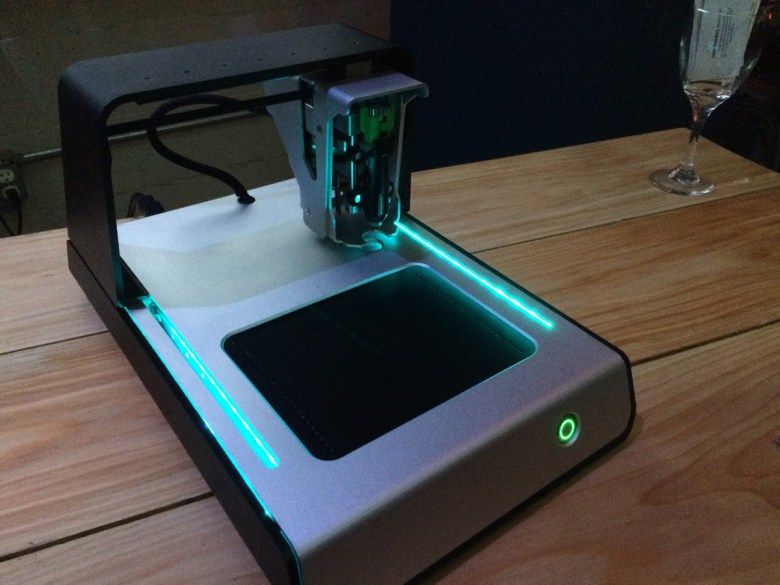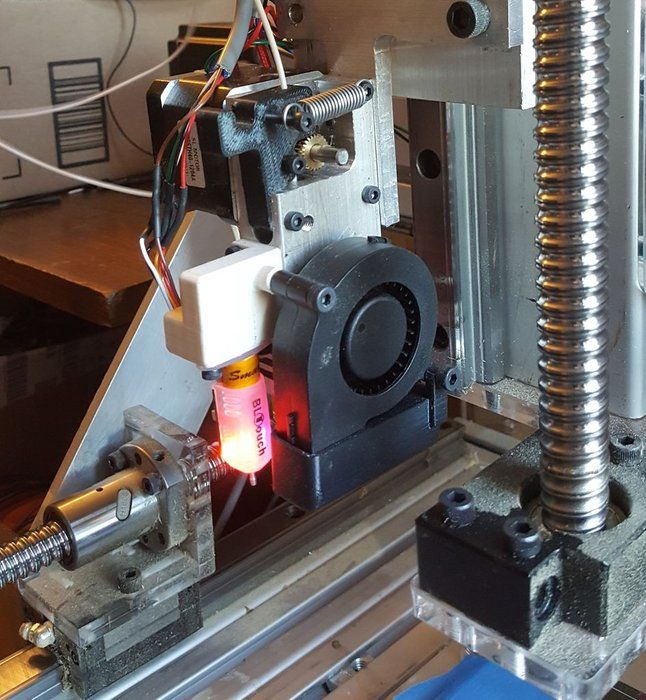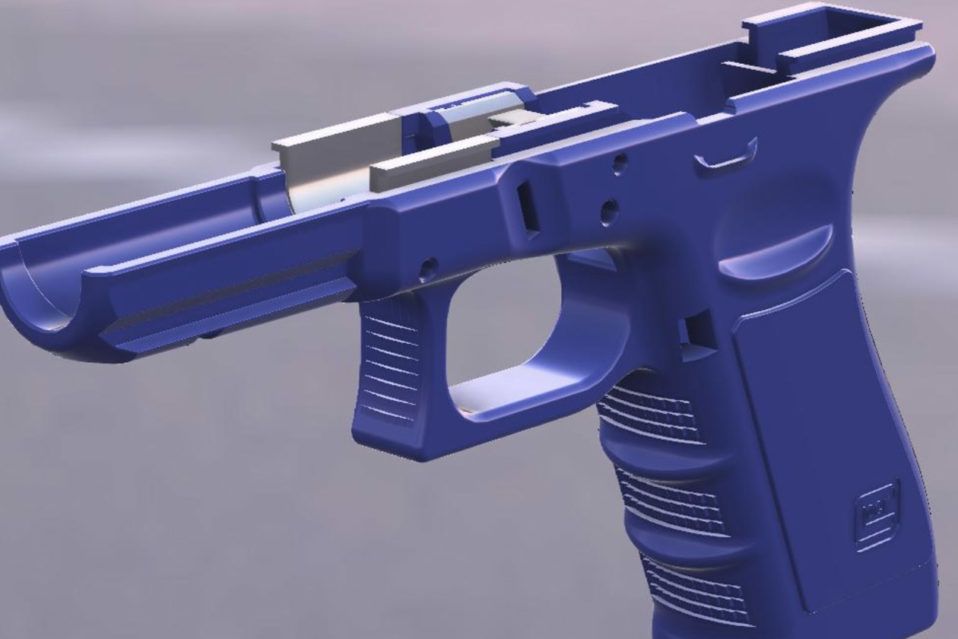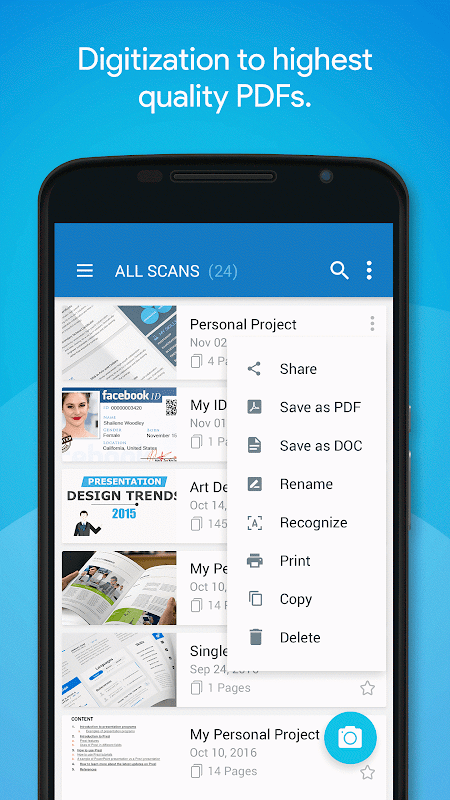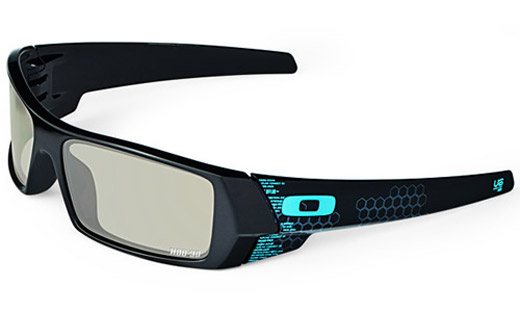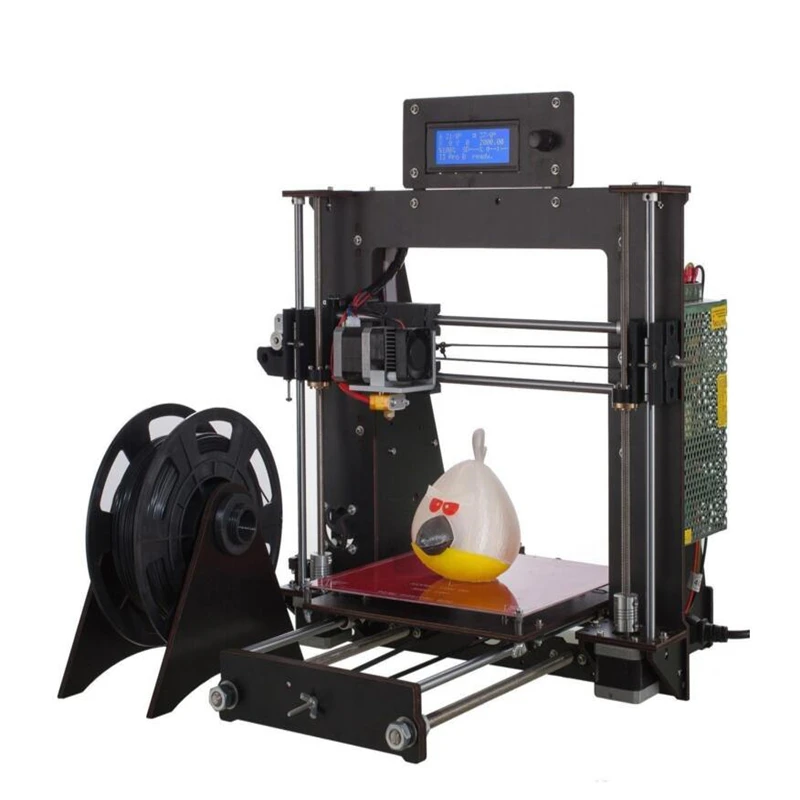Voxel8 3d printer
Voxel8: 1st Electronics 3D Printer
0Shares
Just before the holidays, we covered news of a startup that had just received a round of venture capital from Braemer Energy Ventures to develop a very unique product. Details about the product were kept under wraps at that time, but, now, Voxel8 has officially unveiled their multi-material electronics printer, the Voxel8 Developer’s Kit.
News like this coming from another source might seem like pure pipe dream hype. Voxel8, however, is entirely serious and they’ve got the experience and connections to deliver on their electronics printer. The company is headed by none other than Dr. Jennifer Lewis, a Harvard professor with an enormous portfolio of 3D printing, materials, and electronics research. Her work caught the public’s attention when her previous lab at the University of Illinois at Champaign-Urbana 3D printed a microscopic lithium ion battery. At that time, many predicted that the battery foreshadowed a future of complex, multi-material parts with built-in electronics. Only a little over a year has passed and that future is already coming to fruition.
The Voxel8 Developer’s Kit is a low-cost 3D printer capable of 3D printing in two materials: PLA and conductive silver ink, with the PLA stored in the base of the printer and the ink located directly in the printhead itself. Sounds simple, but the Developer’s Kit opens up a huge range of possibilities. With it, the startup has already been able to construct some extremely impressive objects. For instance, at CES, the company will be displaying, alongside their amazing printer, a quadcopter produced almost entirely in one piece from their machine. The PLA and connective circuits of the quadcopter were 3D printed in one go, with the electronics, battery, and motors inserted throughout the printing process. The benefits of such a process are almost endless.
As Voxel8 Business Director, Daniel Oliver, explains, “Effectively, you could build a quadcopter with any geometry you want, stuff it with the components – on the motor- and the board-side – and, basically, have a fully functioning quadcopter without any wiring harnesses. ” He continues, “People will also be able to start creating circuits on their desks. So, if you wanted to test out a circuit design, you could print out a circuit board directly on your desk. You’d have to stuff the components in, as you were doing it, but we’ve shown that you can print out what is basically an Arduino board on our printer.”
” He continues, “People will also be able to start creating circuits on their desks. So, if you wanted to test out a circuit design, you could print out a circuit board directly on your desk. You’d have to stuff the components in, as you were doing it, but we’ve shown that you can print out what is basically an Arduino board on our printer.”
Not only does this hint at the possibility of, one day, 3D printing complete electronic items in one process, but, more immediately, the design of electronic devices becomes free from the two-dimensional plane of a PCB board. Instead of allowing electronic parts to dictate design, Oliver explains that designs will now dictate the placement of electronic parts. As users model new objects, they can weave their electronics into the design itself, allowing circuits to traverse curves and climb walls. Engineers will no longer need to find a location to situate their circuit boards, but can place them wherever they see fit.
Talking to Daniel, I wondered what the software would look like for such prints, as I wasn’t sure that Slic3r would be quite up to the task.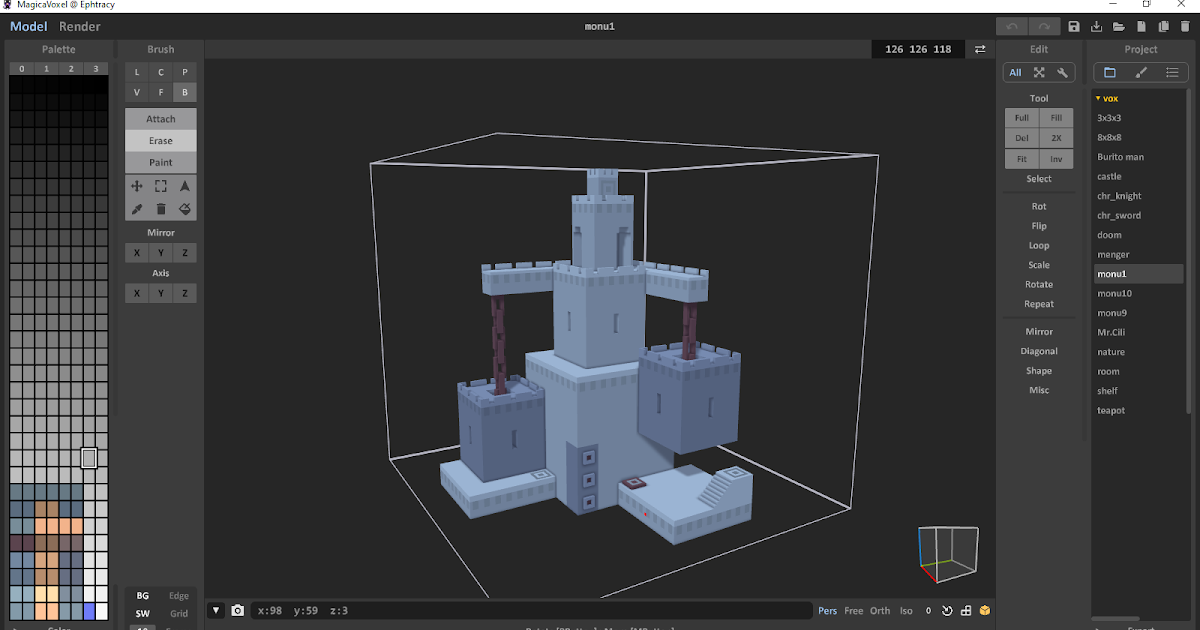 He told me that Voxel8 was already working with Autodesk to design the software for their product. The “Spark Powered” software, dubbed “Project Wire”, allows users to upload a CAD model and start filling it virtually with electronics and conductive ink.
He told me that Voxel8 was already working with Autodesk to design the software for their product. The “Spark Powered” software, dubbed “Project Wire”, allows users to upload a CAD model and start filling it virtually with electronics and conductive ink.
Users drag and drop electric components – like LEDs, chips, and resistors – into their design and draw connections from one piece to the next within layers of their object. Then, when the machine begins fabricating the item, it pauses for you to place the electronics, and resumes printing. You can see all of this in the promo video below:
As amazing as all of this is, the Voxel8 Developer’s Kit is only the beginning. Spun out of Dr. Lewis’s lab, the company has all of the materials research in its arsenal to usher in a whole new era of 3D printing. Voxel8’s proprietary platform (licensed from Harvard and U of I) is designed to be upgradeable for every new feedstock the company releases in the future.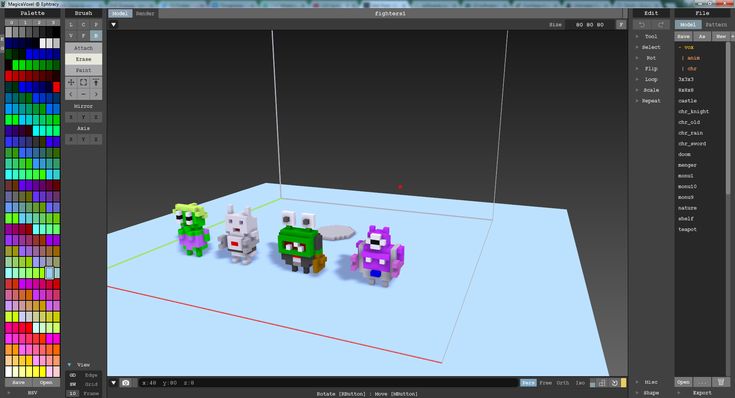 Though Oliver couldn’t mention exactly which materials these would be, the imagination runs wild with the possibilities of Lewis’s research: lithium ion batteries, lightweight composites, stretchable sensors, solar panels, biosensors.
Though Oliver couldn’t mention exactly which materials these would be, the imagination runs wild with the possibilities of Lewis’s research: lithium ion batteries, lightweight composites, stretchable sensors, solar panels, biosensors.
Dan tells me that the device is geared towards engineers and advanced Makers. Though ordinary consumers may not be producing electronics with it, they could be in the near future as the technology is refined and as consumer culture transitions more completely towards prosumerism. The Developer’s Kit is meant to drive a growing desire for functional, multi-material 3D printing. Once people begin designing for the Voxel8 platform, the company will be able to push their technology even further – perhaps, to an industrial scale. In the long term, one can imagine industrial printers capable of printing objects with embedded electronics en masse (Project Ara, anyone?).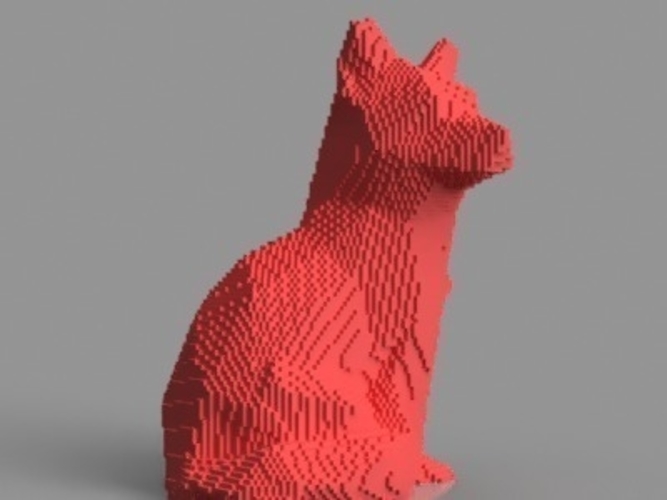 Leveraging Lewis’s bioprinting research, it’s also possible to see a medical-grade version of their machine used in laboratory settings to 3D print multiple types of cellular materials into a single, biological object. I really believe that there is nothing that she and her team aren’t capable of.
Leveraging Lewis’s bioprinting research, it’s also possible to see a medical-grade version of their machine used in laboratory settings to 3D print multiple types of cellular materials into a single, biological object. I really believe that there is nothing that she and her team aren’t capable of.
And Autodesk CTO, Jeff Kowalski, seems to agree, saying, “We’re excited to work with companies like Voxel8 because they are really pushing the boundaries of where 3D printing is capable. They’re pushing that front edge, so we can actually start to develop new functionalities using 3D printers – create things that have never been created before – and by incorporating conductive inks directly in the 3D printing process we can start to create things that have functions after they’re created.”
A time in the shape of the Voxel8 logo, 3D printed by the Developer’s Kit.Autodesk isn’t the only impressive partner that Voxel8 has on board. The startup is being advised by John Kawola, the CEO of Harvest Automation Inc.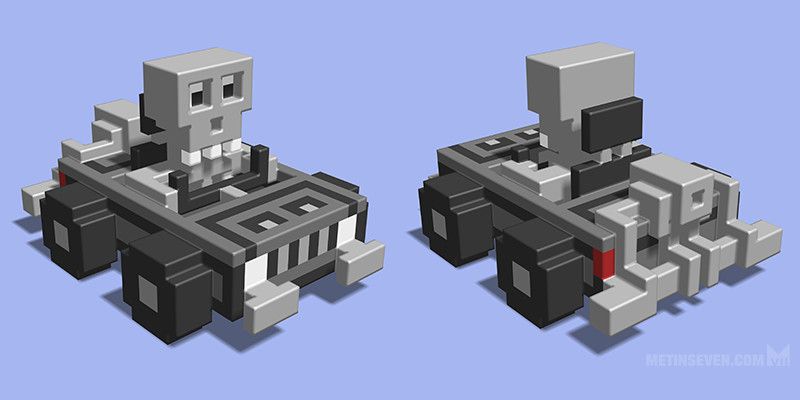 and former CEO of Z Corp – later the VP and GM of Personal and Professional 3D Printers Business Unit at 3D Systems Corp. Voxel8’s Hardware Lead, Michael Bell, has launched two companies around computer software and battery technology, tech that was later transferred to Google and Tesla Motors. Bell holds two patents in battery safety research at Tesla and has two more pending in the field of 3D printing electronics, through his research at Harvard. Alongside Bell and Lewis, the company’s Materials Lead and Software Lead are already members of Lewis’s prestigious lab. And Dan Oliver is a former systems engineer from Honeywell Aerospace turned Harvard MBA grad.
and former CEO of Z Corp – later the VP and GM of Personal and Professional 3D Printers Business Unit at 3D Systems Corp. Voxel8’s Hardware Lead, Michael Bell, has launched two companies around computer software and battery technology, tech that was later transferred to Google and Tesla Motors. Bell holds two patents in battery safety research at Tesla and has two more pending in the field of 3D printing electronics, through his research at Harvard. Alongside Bell and Lewis, the company’s Materials Lead and Software Lead are already members of Lewis’s prestigious lab. And Dan Oliver is a former systems engineer from Honeywell Aerospace turned Harvard MBA grad.
Now, there are a number of Makers and researchers who have explored the 3D printing of electronic devices. For instance, about two years ago, a group of researchers at the University of Warwick developed a conductive 3D printing material called CarboMorph. And some companies have released conductive filament or printheads for 3D printing electronics, such as RabbitProto, which manufacturers a conductive paste 3D printhead.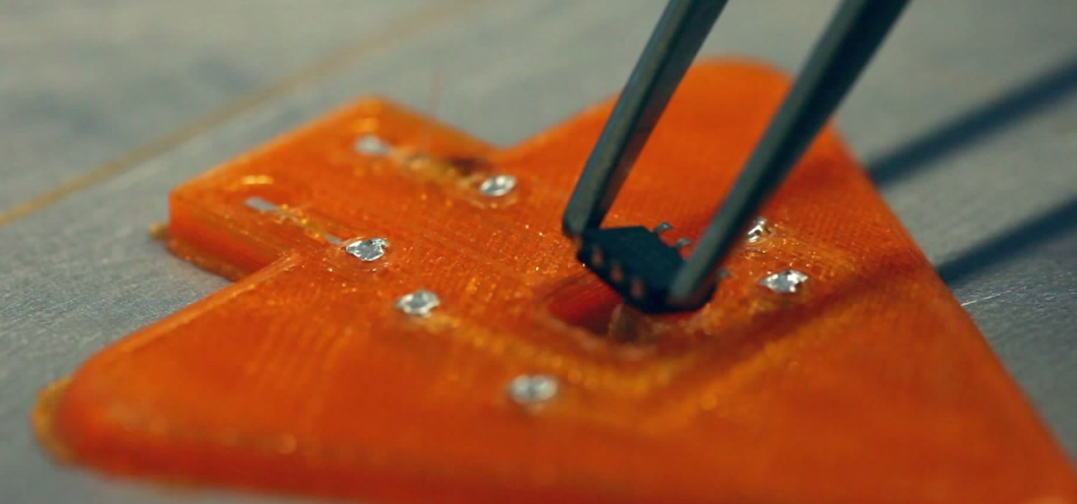 Voxel8, however, is the first company – that I’m aware of – to release a 3D printer specifically devoted to manufacturing multi-material electronic components.
Voxel8, however, is the first company – that I’m aware of – to release a 3D printer specifically devoted to manufacturing multi-material electronic components.
There ink may be more conductive than other similar materials on the market, but Voxel8’s roster and experience is more than enough to convince me that they represent the future of the industry to come. To kick that industry off, you can pre-order the Developer’s Kit for $8,999, which includes the printer, software, materials, support, and training. Pre-ordering also puts you first in line for the printer and gives you premium access to the company’s new materials as they become available.
As you can tell, I’m excited about this thing, but, more than the machine itself, I’m excited to see what people do with it. 3DPI has already covered countless examples of projects that could benefit from 3D printable circuitry: Adafruit’s wearable fitness tracker, the DynePod wearable computer, Disney Research’s printed teddy bear arm, so many quadcopters, bionic prosthetics, just to name a few (too many).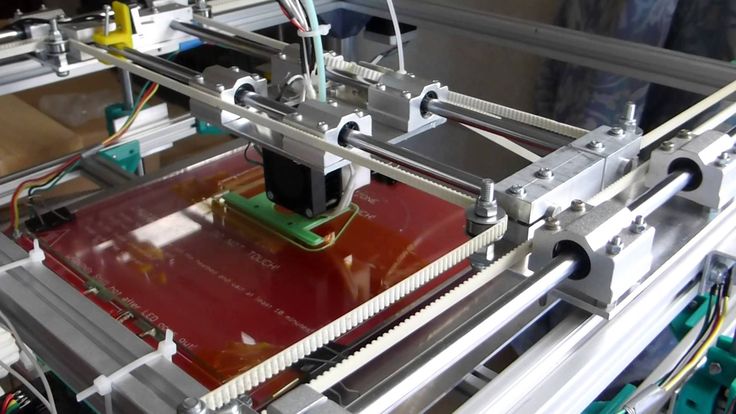 In the coming year(s), we can expect to see a whole new slew of Instructables, Adafruit guides, and prototypes for the future of electronics. And, after that? Who knows!
In the coming year(s), we can expect to see a whole new slew of Instructables, Adafruit guides, and prototypes for the future of electronics. And, after that? Who knows!
Michael Molitch-Hou
Michael Molitch-Hou previously served as Editor-in-Chief of 3D Printing Industry, he is now the Editor of Engineering . com's 3D printing section. He has covered additive manufacturing technology day in and day out since 2012 and has hundreds of article to his credit. He is the founder of The Reality Institute.
#3DStartup: Voxel8, revolutionising footwear & athletic apparel design and production
3D printing news News #3DStartup: Voxel8, revolutionising footwear & athletic apparel design and production
Published on April 4, 2019 by Carlota V.
Voxel8 is a young American company that has developed a multi-material additive manufacturing solution focused mainly on the design of sports shoes and clothing. While many actors have focused on creating 3D printed soles, Voxel8 designs the entire upper part of the shoe.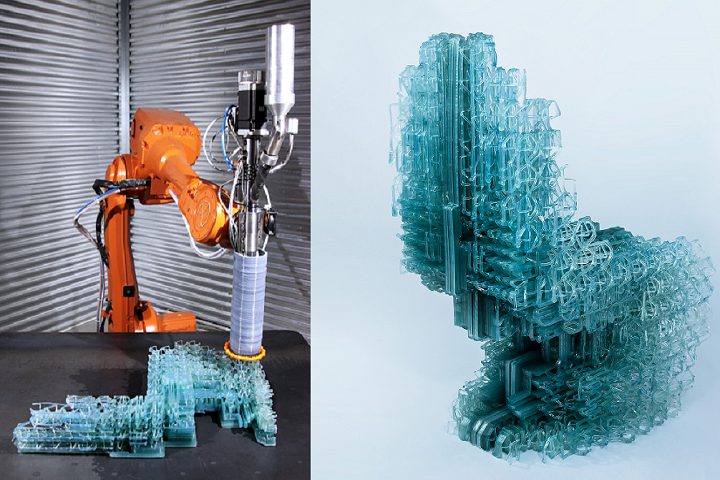 Its ActiveMix process allows the printing of high-performance and coloured reactive polyurethanes. The startup hopes that it will enable more players to offer mass-customised solutions locally, and at a lower cost. We met with its co-founder Travis Busbee who explained how this platform works and the associated benefits.
Its ActiveMix process allows the printing of high-performance and coloured reactive polyurethanes. The startup hopes that it will enable more players to offer mass-customised solutions locally, and at a lower cost. We met with its co-founder Travis Busbee who explained how this platform works and the associated benefits.
3DN: Can you present yourself and your link with additive manufacturing?
My name is Travis Busbee. My background is in Materials Science and Engineering. I discovered additive manufacturing as a PhD student in Jennifer Lewis’ Lab at the Harvard School of Engineering and Applied Sciences. Unlike most people who first experience 3D printing when they start using commercial 3D printers at work, or build a hobbiest kit like a RepRap at home, my first experiences with additive manufacturing started with developing brand new materials and writing programs to create fully 3D printed multi-material pharmaceutical testing devices with printed electronic sensors. I was co-first author of the Nature materials publication “Instrumented cardiac microphysiological devices via multimaterial three-dimensional printing”.
Starting from the bottom level to develop brand new materials, and write the code required to pattern structures with them, gave me an understanding of the complexities of AM, but also an appreciation of the unharnessed potential to be had in multi-material additive manufacturing with performance materials. Shortly thereafter, a small group of us from the lab, including Jennifer Lewis and Jack Minardi, decided to co-found Voxel8 to bring innovative new multi-material 3D printing technologies out of the Harvard Lab, and into volume production applications. Since then, we have done some really innovative things and invented several new groundbreaking technologies that have the potential to be totally transformative for the industry.
3DN: Can you tell us more about your ActiveMix system?
ActiveMix® printheads are highly precise dynamic mixing and dispensing heads that enable additive manufacturing with reactive high performance elastomers like polyurethanes, silicones, and epoxies. They enable dynamic changes of the material properties of the parts that are printed, by changing the composition of the material as it is patterned. By varying the ratios of the same set of raw materials, you can achieve material characteristics that vary from something like a rubber band, to a rigid piece of plastic, and anywhere in between.
They enable dynamic changes of the material properties of the parts that are printed, by changing the composition of the material as it is patterned. By varying the ratios of the same set of raw materials, you can achieve material characteristics that vary from something like a rubber band, to a rigid piece of plastic, and anywhere in between.
Voxel8’s ActiveImage® process takes things one step further by enabling full digital color control of the printed parts. With typical additive manufacturing technologies, you need to change the material feedstock if you want to change the properties of the printed parts, and each printed part is generally limited to a single material and a single color. With ActiveMix® and ActiveImage® Printing Technologies, you can print an extremely wide range of material properties in full digital color within a single printjob, without ever changing the base raw materials.
These groundbreaking new technologies have been integrated into a system that we call the ActiveLab® Digital Fabrication System (including hardware, software, and proprietary material formulations), that is now for sale for $250,000. Another important piece of our ecosystem is a software tool that we have developed that enables product design with digitally defined zonal tuning of material properties. The full system was intially created for the design, prototyping, and production of unique new athletic footwear uppers and apparel with zonally tuned performance and full color. In the future, we expect this system to be utilized in other emerging fields such as sporting goods, medical devices, wearables, and consumer products.
Another important piece of our ecosystem is a software tool that we have developed that enables product design with digitally defined zonal tuning of material properties. The full system was intially created for the design, prototyping, and production of unique new athletic footwear uppers and apparel with zonally tuned performance and full color. In the future, we expect this system to be utilized in other emerging fields such as sporting goods, medical devices, wearables, and consumer products.
3DN: How does it impact the footwear industry?
Right now, it takes athletic footwear companies 12-18 months to bring new products to market (Design Sketch to Shelves). The supply chain was set up in the early 1980s and has been relatively stagnant since then. Each new product requires a tremendous amount of tooling to bring to market (think about 5-15 pieces of tooling per size, 21 different sizes, left shoe and a right shoe, more or less $1000 per piece of tooling).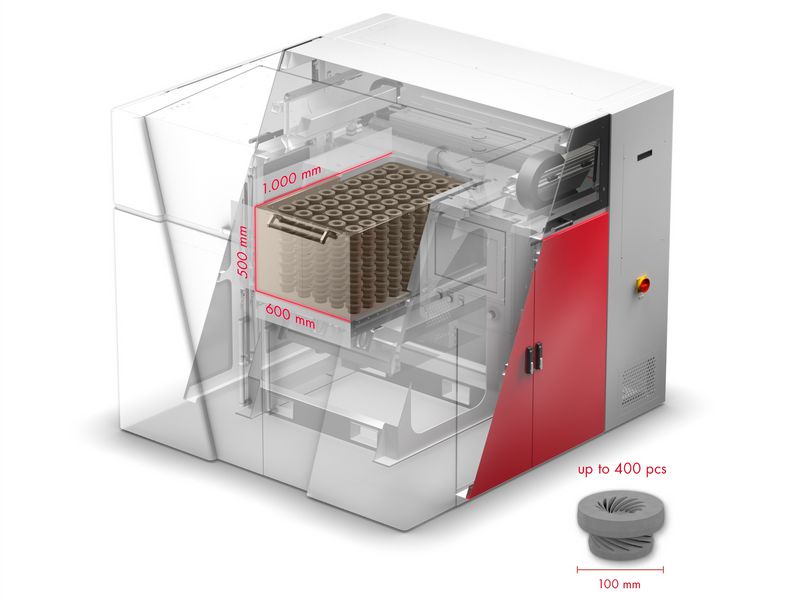 The prototyping and wear testing process frequently requires weeks or even months per iteration. The processes required to manufacture are extremely labor intensive, so they have to happen in Asia, even though labor prices in Asia continue to rise. This also means that shoes spend weeks on a boat traveling to many of the consumer hotbeds like the US and Europe.
The prototyping and wear testing process frequently requires weeks or even months per iteration. The processes required to manufacture are extremely labor intensive, so they have to happen in Asia, even though labor prices in Asia continue to rise. This also means that shoes spend weeks on a boat traveling to many of the consumer hotbeds like the US and Europe.
Meanwhile, this is still the fashion industry, and the fashion industry is changing faster than ever before. It’s almost impossible to predict future fashion trends 12+ months in advance. Nonetheless, footwear companies must place orders for hundreds of thousands of pairs of a particular shoe line before they understand demand for a product. Young consumers (Millennials and GenZ) expect new hot products to drop constantly. They are after something unique and customized, rather than wanting the same thing that everyone else has. This can be evidenced by the emergence and success of websites like GOAT, and the prevalence of the Sneakerhead Culture.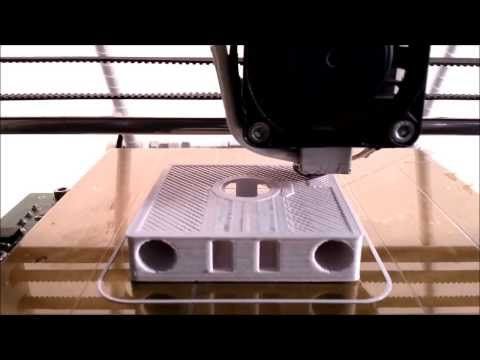
Long lead time, tooling and labor heavy manufacturing processes, will not be able to give the modern consumer what they want, and the footwear companies are fully aware. That’s why they are actively searching for a solution. A battle is waging behind the scenes to win the digital manufacturing revolution in athletic wear. Athleticwear brands are investing heavily in an attempt to modernize their supply chain before their biggest competitors. You can see examples of this in Adidas’ speedfactory, Nike’s partnership with Flex, Reebok’s Liquid Factory, Under Armour’s Lighthouse, and the list goes on. Voxel8 is The Digital Manufacturing Solution for athletic footwear uppers.
3DN: What are the main benefits of your technology?
– Dramatically reduced time to market (from 1.5 years to weeks)
– Unique new designs to increase the appeal and performance of footwear products
– Ability to manufacture closer to large customer bases (i.e. US and Europe) due to reduced labor costs
– Individual customization of both mechanics and aesthetics
– Capability to introduce smaller batches of product to market and immediately respond to demand (Zero Tooling Cost & Agile Manufacturing Processes)
And comparing it to other additive manufacturing technologies on the market, it has several points of differentiation, such as:
– Ability to print directly onto existing objects without the need for adhesives or assembly processes.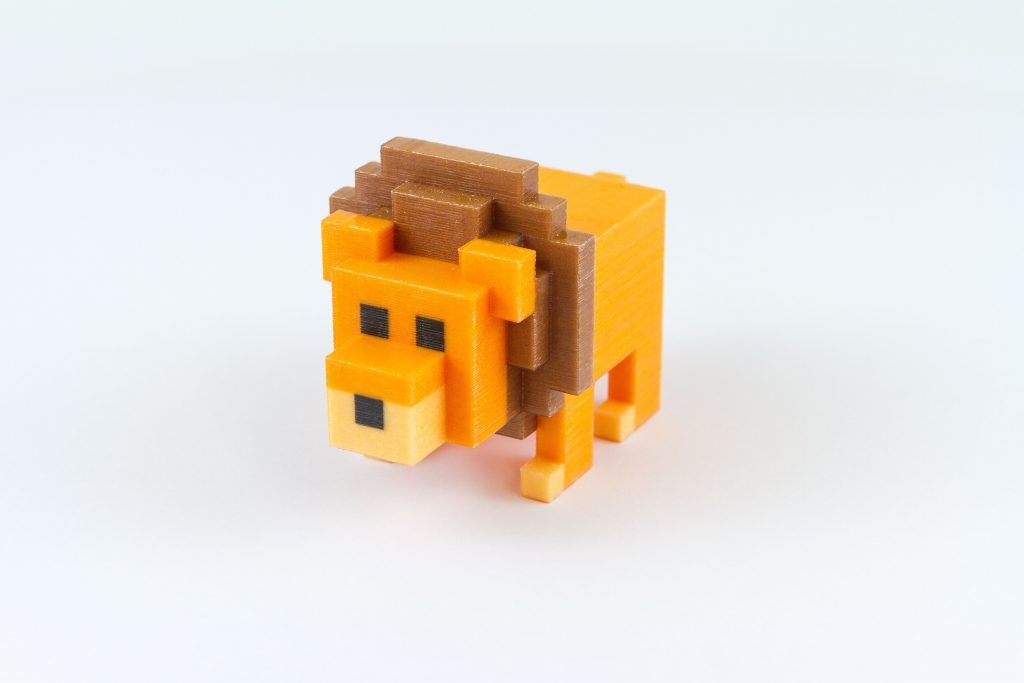
– Ability to fabricate structures with high performance elastomers (that can withstand millions of bending/flexing cycles and elongations >600%) at costs that are significantly lower than typical 3D printing materials. This includes polyurethanes, medical grade silicones, and epoxies.
– Ability to embed high resolution full-color images inside of structural parts.
3DN: How do you see the future of additive manufacturing in terms of mass customisation?
I believe that the future of all wearable consumer products will be centered around mass customization. It will be made possible through innovative new digital manufacturing technologies like the ones that Voxel8 is bringing to market today. However, I don’t believe that it will happen overnight, and I expect there to be a period of several years where the concept ramps into the mainstream. For this reason, we have designed our products and technology to be economically competitive with traditional production processes with the added capability to enable mass customization when the time comes. I believe we can accelerate mass customization by displacing traditional manufacturing processes for standard products and creating a modern supply chain capable of supporting the future of mass customization.
I believe we can accelerate mass customization by displacing traditional manufacturing processes for standard products and creating a modern supply chain capable of supporting the future of mass customization.
What do you think of our #3DStartup with month? Let us know in a comment below or on our Facebook and Twitter pages! Don’t forget to sign up for our free weekly Newsletter, with all the latest news in 3D printing delivered straight to your inbox!
Monoprice Voxel 3D Printer Reviews | Best Monoprice Printer Reviews
Review ratings
(no reviews)(50% reviews)
Show all 4 star reviews (50% reviews)
Show all 3 star reviews (no reviews)
(no reviews)
Features
Ease of use
Show positive (100%)(Show all)
print quality
Show positive (100%)(Show all)
performance
Show positive (100%)(Show all)
size
Show positive (100%)(Show all)
Showing 2 reviews of
Experts Users
disclaimer:
Below is a list of reviews for this or similar products.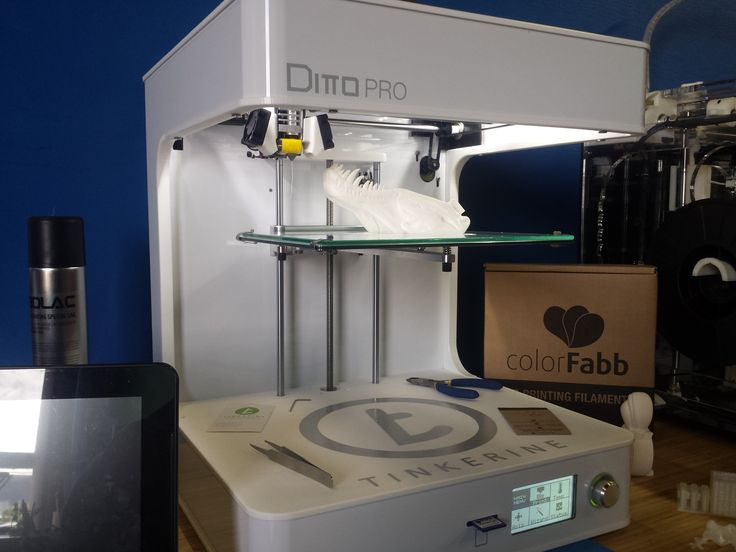 If you think this grouping is wrong, please click here to flag.
If you think this grouping is wrong, please click here to flag.
More on page Answers to your questions.
Top SourceDateRating
Showing 1 - 2 of 2 Show reviews: in Russian | from other countries
Expert Review: : Tony Hoffman (pcmag.com)
Monoprice Voxel 3D Printer
The Monoprice Voxel is an under-$400 3D printer that's easy to set up and use. It exhibits generally good print quality, but it was unable to print two of our test objects.
Easy to set up and use. Budget price for printer and filament spools. Supports PLA, ABS, and several composite filament types. Versatile software. Prints over Ethernet or Wi-Fi, or from a USB thumb drive.
Frequent misprints on certain test objects. Slightly balky touchscreen.
Bottom Line: The Monoprice Voxel is an under-$400 3D printer that's easy to set up and use. It exhibits generally good print quality, but it was unable to print two of our test objects.
It exhibits generally good print quality, but it was unable to print two of our test objects.
Apr, 2019
Partner
Read full review
Expert Review: : Richard Baguley (tomsguide.com)
Monoprice Voxel 3D Printer Review: The Best Value for 3D Printing Beginners
Home and educational users will find a lot to like with the Monoprice Voxel, a neat 3D printer that produces high-quality prints at a low cost.
Excellent print quality ; Fast print speed ; Easy to use with cloud software Heated print bed
Lackluster software ; Some Wi-Fi connection issues
For that reason, the MP Voxel is a great pick for the casual user who is interested in 3D printing or a school or small office that wants to have a printer that several people can use.